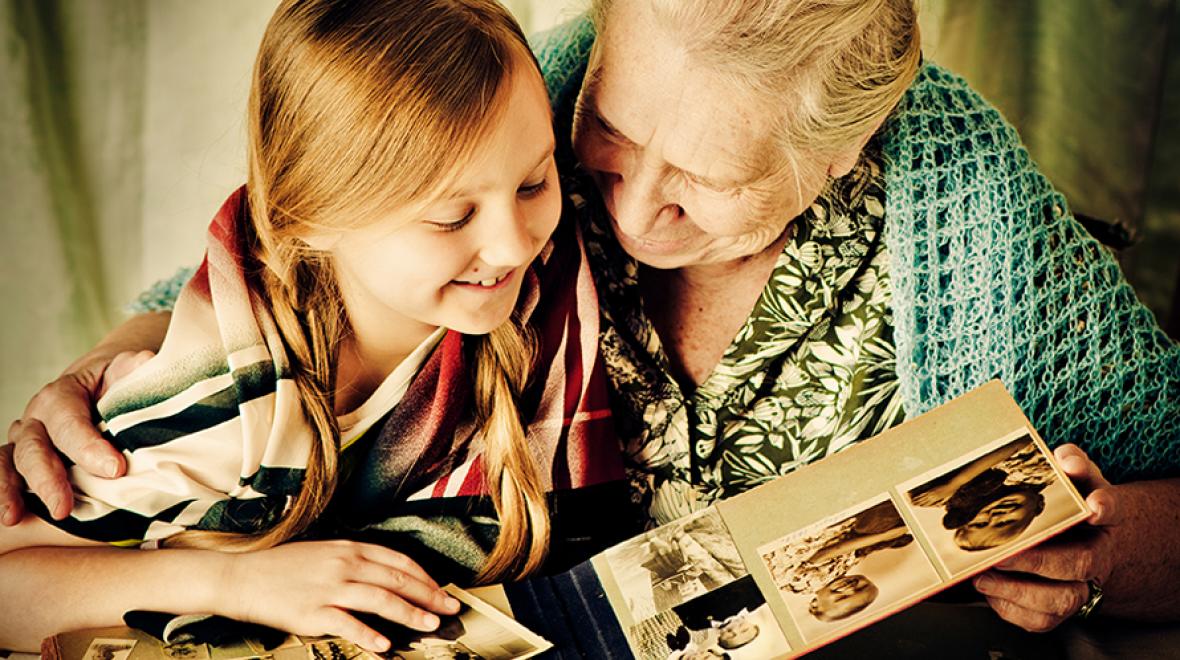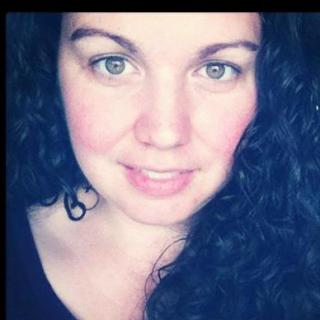
My children are named John Henry and Leo. People often comment that I must like old-fashioned names. I respond by telling them about why I named my sons after their great-great-grandfathers.
John Henry, my husband’s great-grandfather, was the mayor of his tiny town; he was a miner and he played baseball. He loved to serve people. Leo, my great-grandfather, was an accountant and an orchardist. He donated the fruit from his orchard to schoolchildren during the Great Depression. He was remembered as being very kind. These men worked hard to make the world a better place to live in, and that is what I want my boys to know about their namesakes.
From the time they are very young, children are watching the adults around them. They are making connections and drawing conclusions. They understand they are part of a family, part of a team, and they begin to craft their personal identities around those connections and conclusions. As a genealogist, I want my children to know that the “team” they belong to is strong and sturdy (even when I am not). Understanding their familial past shapes their sense of self and strengthens bonds with their living family members.
I have found that one of the best parts of teaching my children about their ancestors is that the stories I tell them are set — they cannot change (assuming my research is accurate). Our ancestors become like superheroes, no longer here to make the mistakes those of us who are still living may be prone to make; their stories take on an aura of legend, only better, because my boys get to feel that they are part of these legends.
You don’t need to rename your kids to give them this gift — my children’s favorite stories aren’t even the ones about the men they are named after. You just need to take your child by the hand and peek into the enticing rabbit hole of family history.
Genealogy is a fast-growing interest. It is estimated to be the second-most-popular hobby in the world (after gardening) and has grown into a billion-dollar industry, with a proliferation of websites, books, conferences and other resources. Getting started may be daunting at first — the suggestion of navigating complicated-looking websites and dusty library shelves with kids always earns me some legitimate side-eye — but hear me out!
Exploring family history with young kids
There are a lot of genealogy activities that even young children will love. These are also great pursuits for people who come from populations with missing records, or for families with children from closed adoptions, because there are few or no records needed for these activities.
- Haul that old photo album out of Grandma’s attic (seriously, get it out of there — attics make horrible archives!) and let your kids look through it. Choose two or three photos and ask an older living relative to share stories about what was happening in the photos. Let the kids ask questions. Ask your own questions, and if you have your smartphone handy, hit record on your voice memo app!
- Create your own family history with your children. Use a service like Chatbooks or Snapfish to create records of both the everyday events and the milestones in your lives. My kids look through ours at least once a week and love showing them to aunts, uncles, grandparents and random visitors.
- Log on to FamilySearch. The content on this genealogy website, the largest on the internet, is offered for free by The Church of Jesus Christ of Latter-day Saints. Search existing family trees to find out if there are other people already working on your family lines. Look for photos of ancestors or the places where they lived that have been uploaded by other people.
- Cemeteries make great playgrounds, even if your ancestors aren’t buried there. Before you go, search a cemetery data website (findagrave.com, billiongraves.com) to see if there are any requests for photos of headstones from that cemetery. Take a bucket, screwdriver, brush and rag, and let your kids clean the headstones before you photograph them.
- There’s the rub! If you live near a cemetery where your ancestors are buried (or even if you don’t have forebearers there), pay a visit with the kids, especially if they enjoy making interesting art. Take crayons and sheets of white paper and let the littles make rubbings of their favorite headstones.
- Read about your cultural background. Visit your local library to check out books that record legends, traditions and myths of your ancestral cultures.
Exploring family history with kids ages 8 and older
By around age 8, kids are better able to understand what an ancestor is and become more interested in the stories of their predecessors.
- Capture and preserve your family’s story. While you are on FamilySearch, fill out a Family Booklet (located under the Family Tree tab) and print it out to enjoy together or give as a gift.
- Experience your ancestry through DNA. Submit your DNA or your child’s DNA to one of the several companies that will analyze it to determine cultural heritage. We used 23andMe. This was particularly exciting for my multiracial adopted son. He loves to tell people about how he has ancestry from all over the world!
- Let the kids write a monthly family newsletter. Include a short interview with an older family member in each issue.
Exploring family history with kids 13 and older
Teens are capable of — and often quite adept at — genealogical research.
- Visit a local family history center. If you live in a place where your family has lived for generations, stop into your local historical or genealogical society to see what resources it has to expand your family research. Cyndi’s List is a great free website for finding local genealogical resources and organizations that provide more focused research on specific populations. Many public libraries also have genealogy sections.
- Expand your family tree. Begin filling out pedigrees and family groups on FamilySearch beyond living or recently deceased relatives. Use the green leaf icons to help you discover new records.
- Visit the FamilySearch YouTube channel to watch videos on how to really get going once you’ve started.
- Attend a genealogy class, seminar or conference. Check with your county or state genealogical society to find out when and where such events are being offered.











